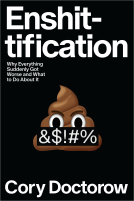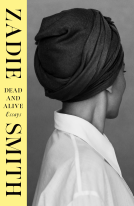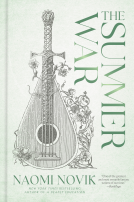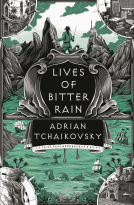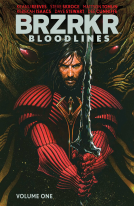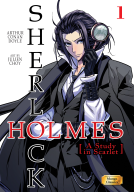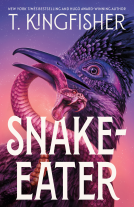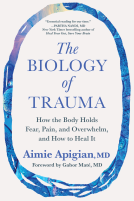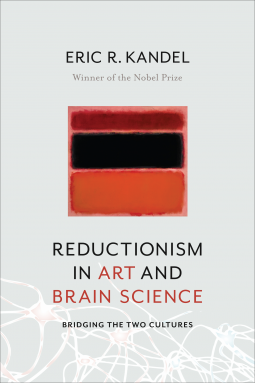
Reductionism in Art and Brain Science
Bridging the Two Cultures
by Eric Kandel
This title was previously available on NetGalley and is now archived.
Send NetGalley books directly to your Kindle or Kindle app
1
To read on a Kindle or Kindle app, please add kindle@netgalley.com as an approved email address to receive files in your Amazon account. Click here for step-by-step instructions.
2
Also find your Kindle email address within your Amazon account, and enter it here.
Pub Date Sep 06 2016 | Archive Date Nov 15 2016
Description
Can science and art find common ground? Are scientific and artistic quests mutually exclusive? In this new book, neuroscientist Eric Kandel, whose interests span the fields of science and art, explores how reductionism—the distillation of larger scientific or aesthetic concepts into smaller, more tractable ideas—has been used by scientists and artists alike to pursue their respective truths. Their common use of reductionist strategies demonstrates how science can inform the way we experience a work of art and seek to understand its meaning. Kandel draws on his Nobel Prize-winning work studying the neurobiological underpinnings of learning and memory in the humble sea slug, whose simple brain helps illuminate the complex workings of higher animal minds. He extends these findings to the complexities of human perception, which uses bottom-up sensory and top-down cognitive functions to perceive the world and to appreciate and understand works of art.
At the heart of this book is an elegant elucidation of the pivotal contribution of reductionism to modern art's extraordinary evolution and to its role in a monumental shift in artistic perspective. Reductionism was a driving force in the transition from figurative art to the first explorations of abstract art in the works of Turner, Monet, Kandinsky, Schoenberg, and Mondrian. Kandel explains how the New York School of Pollock, de Kooning, Rothko, Louis, Turrell, and Flavin arrived at their particular forms of abstract expressionism in the postwar era, and concludes with Katz, Warhol, Close, and Sandback, who built upon the advances of the New York School to reimagine figurative and minimal art. Featuring captivating drawings of the brain alongside full-color reproductions of modern art masterpieces, this book brings science and art into closer relation.
Advance Praise
"Words like ‘genius’ or ‘renaissance man’ are rarely used in these egalitarian times, but such descriptions wouldn’t be entirely inappropriate for Kandel, who is renowned for his work on memory. He has now written a remarkable book full of poetic insights, without compromising scientific rigor."
—V. S. Ramachandran, University of California, San Diego
"Eric Kandel's new book, Reductionism in Art and Brain Science is a beautiful integration of visual art and neuroscience. The book engages C.P. Snow's theme of two cultures- the humanities and the sciences- and provides an artful window into the science of the mind through his fourteen nicely written chapters that include elegant figures in visual art and neuroscience. While the book de-mythologizes the idea of reductionism, it also importantly provides a sense for knowing an object and the objects to be known. This is a must read for both neuroscientists and anyone interested in the visual arts and humanities."
—Jay Schulkin, Georgetown University
Available Editions
| EDITION | Hardcover |
| ISBN | 9780231179621 |
| PRICE | $29.95 (USD) |
Readers who liked this book also liked:
L.M Montgomery
Children's Fiction, Comics, Graphic Novels, Manga, Teens & YA
Sir Arthur Conan Doyle
Comics, Graphic Novels, Manga, Mystery & Thrillers, Teens & YA
